
10 Points to Remember When Praying at a Japanese Shrine
Japanese shrines are places where the deities of Japan’s Shinto religion are enshrined. They are easily distinguished by their iconic torii gates, and are often sanctuaries of lush nature and gorgeous buildings. While all are welcome to visit a Japanese shrine, there are several important points to remember if you want to pray the proper Japanese way. In this article, we’ll show you how to pray at a Japanese shrine in 10 essential steps.
This post may contain affiliate links. If you buy through them, we may earn a commission at no additional cost to you.
1. Bow at the torii gate
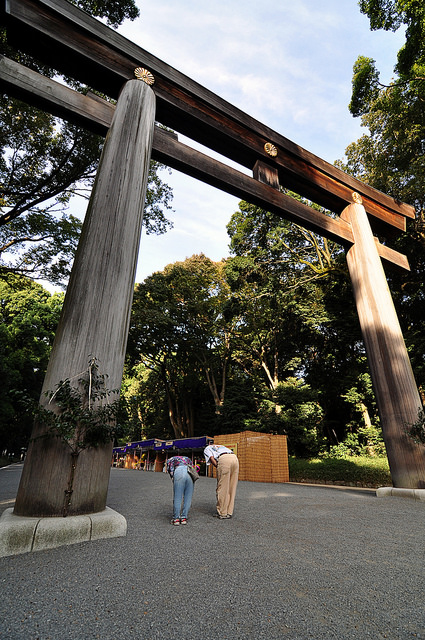 Ee Shawn/Flickr
Ee Shawn/Flickr
There is always a torii gate at the entrance of a shrine. The very front of the shrine has the "ichi no torii" (the first torii) and you walk through it to get to the "sando," the road approaching the shrine. Avoid walking in the center of the torii, but stick close to the sides near one of the pillars. Stop and bow before you walk through.
2. Don't walk in the center of the sando
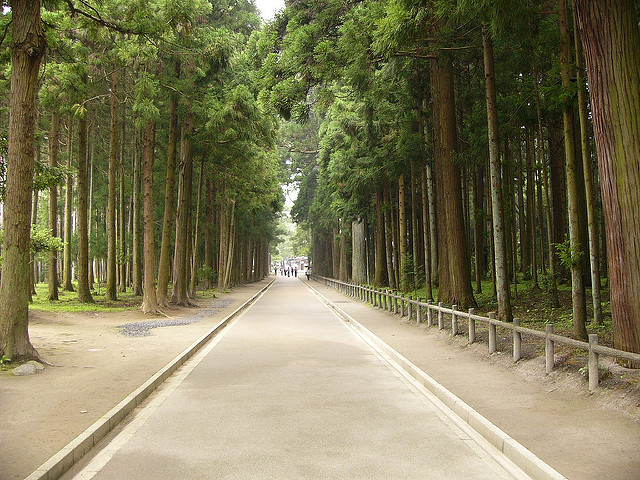
When you walk up the sando, do not walk in the center. The center of the sando is called the "seichuu," and it's where the gods walk. We should not be walking there. Also, while you're on temple grounds, do not speak loudly.
Our Top Tips
JR Pass for Whole Japan
Explore Japan in the most convenient and economical way with a Japan Rail Pass! It is valid for the majority of railways and local buses operated by JR.
3. Cleanse your mouth and hands at the temizuya
There is a vessel called the temizuya on the side of the sando as you head up to the shrine at which you can purify yourself. First, you take the ladle in your right hand, scoop up some water, and clean your left hand with it. Then, you switch the ladle to the left hand, and cleanse your right hand with it. Third, you put the ladle back into your right hand and scoop up more water with it. Cup your left hand and pour some water into it; with that you will cleanse your mouth. Do not put the ladle up to your mouth, make sure to ONLY use your hand. When you're done rinsing your mouth, once again clean your left hand using water from the ladle. Finally, lift the ladle so the remaining water streams down the handle before putting it back in its place against the temizuya.
4. Ring the bell before praying
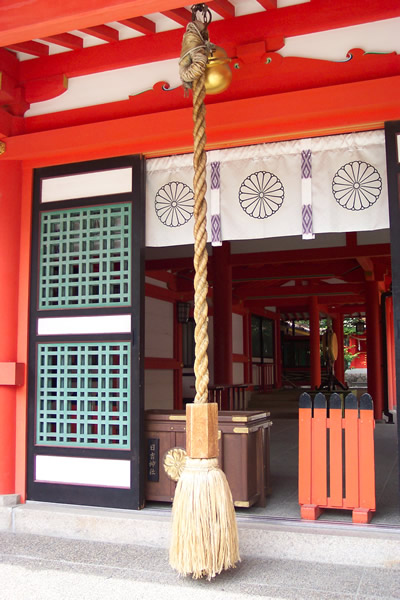
When you get to the front of the main shrine, don't stand in the middle. This is for the same reason you shouldn't stand in the middle of the sando. Then, bow once. If there's a bell, ring it. It's how you inform the gods that you've come to visit.
5. Make a monetary offering before praying
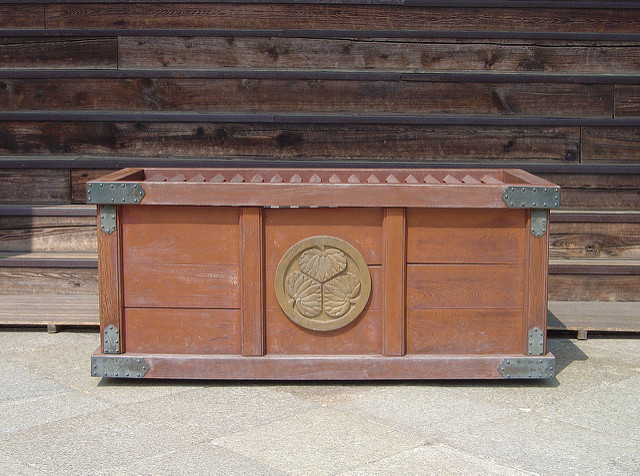
Don't just throw your offering into the box, put it in quietly. There is no set amount you should give. Anything you'd like, 1 yen or even 10,000 yen, whatever you want to give is fine. It's said that 5 yen is good because it sounds the same as the word for "bond" (as in relationship), but it's up to you.
6. When you pray, bow twice, clap twice, then bow once more
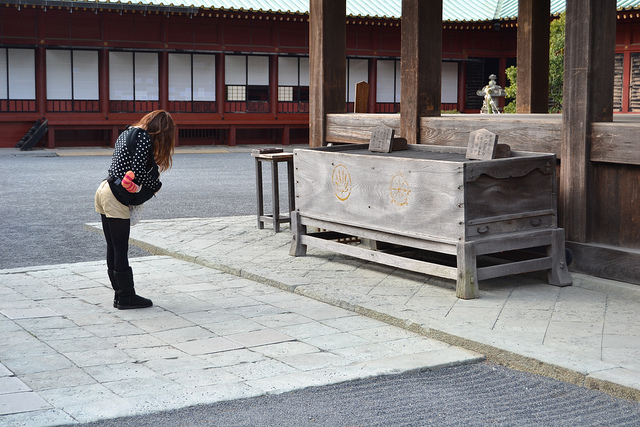
First, when you bow twice, you face the shrine and you bow deeply until your back is flat and your hips are at a 90 degree angle. When you clap, make sure that your palms meet but that your right hand sits a little below your left. Open your hands as wide as your shoulders and clap twice. Then bring your hands together, and lower your hands while you pray. After you finish praying, bow deeply once more. Depending on the shrine, there may be a different process (for example, at the Izumo-taisha Shrine in Shimane, it's two bows, four claps, one bow).
7. How to structure your prayer
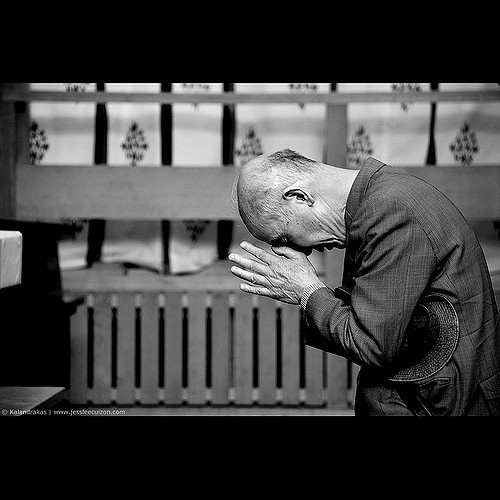
If it's your first time at a shrine, you should start with your name, address, and the gratitude you have for being able to pray. After that, for the rest of your visits you can simplify your introduction.
8. Pull an omikuji fortune
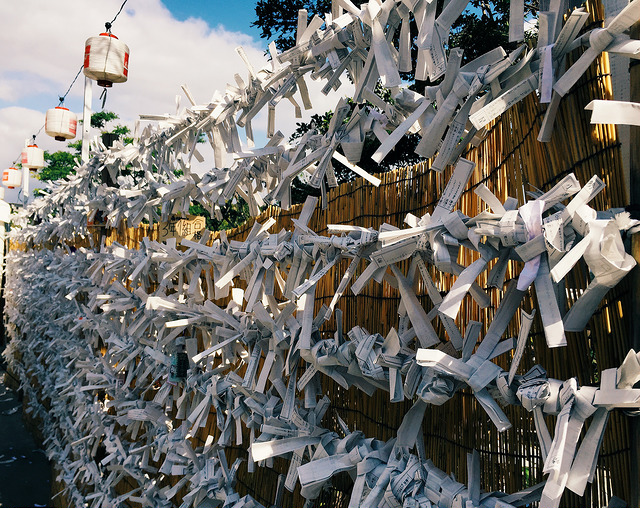
If you pull a fortune that's not good, you tie it up in order to exorcise the bad luck. If you pull a good fortune, there's no need to tie it. Also, if you tie it to a tree on the grounds, it hurts the tree, so please refrain from doing that. There are usually places specifically to tie them, so only use that for your fortunes.
Our Top Tips
Japan Shinkansen, Narita Express (N'EX) & Express Train Tickets
Plan ahead by booking your shinkansen, airport train, and express train tickets online in English. Have the tickets sent to you by mail or collect them at the station once you're in Japan.
9. Write an ema
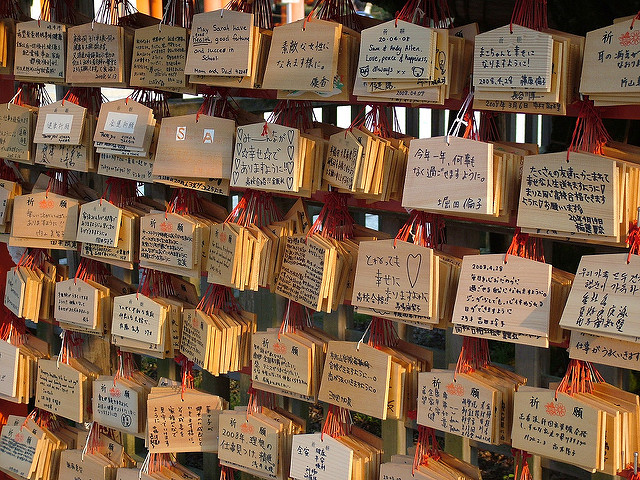
In ancient times, it was thought that gods rode horses, so originally real horses were used as offerings. However, now "ema" are used, wooden votive blocks made up of the characters for "picture" and "horse." When you go to pray at a shrine or temple, you can pray by writing your wishes on an ema and offering it by tying it to its specific area.
10. When you're done praying
 Ee Shawn/Flickr
Ee Shawn/Flickr
When you pass through the torii gates on your way out, make sure to turn around and bow once more towards the shrine. The most important thing to do when you pray at a shrine is to offer words of gratitude to the gods.
By the way, the biggest difference between a shrine and a temple is the way you pray. At a shrine, you clap your hands, but at a temple, you simply bring your hands together and can chant your prayer.
Cover Photo: kuremo / Shutterstock
The information in this article is accurate at the time of publication.


